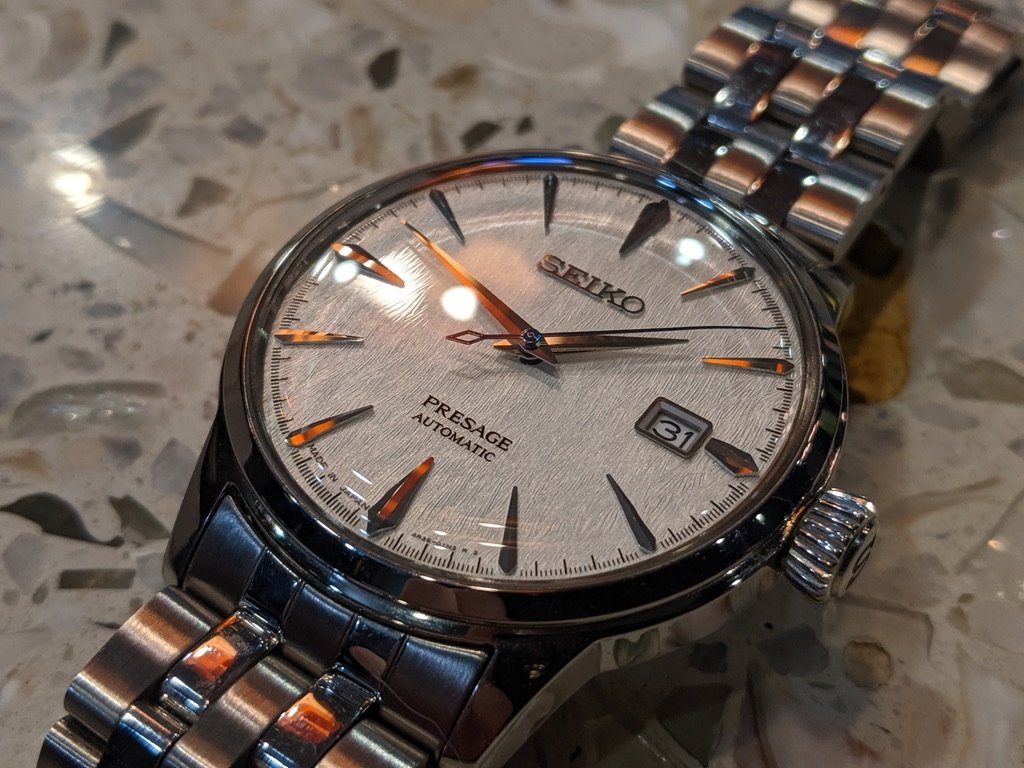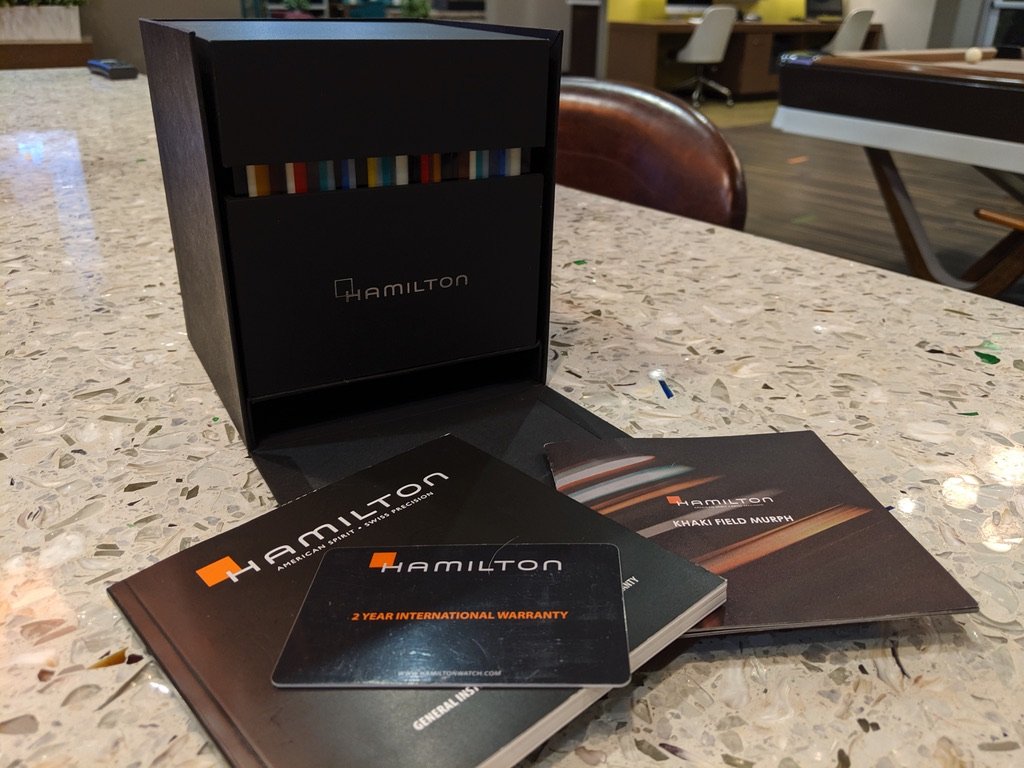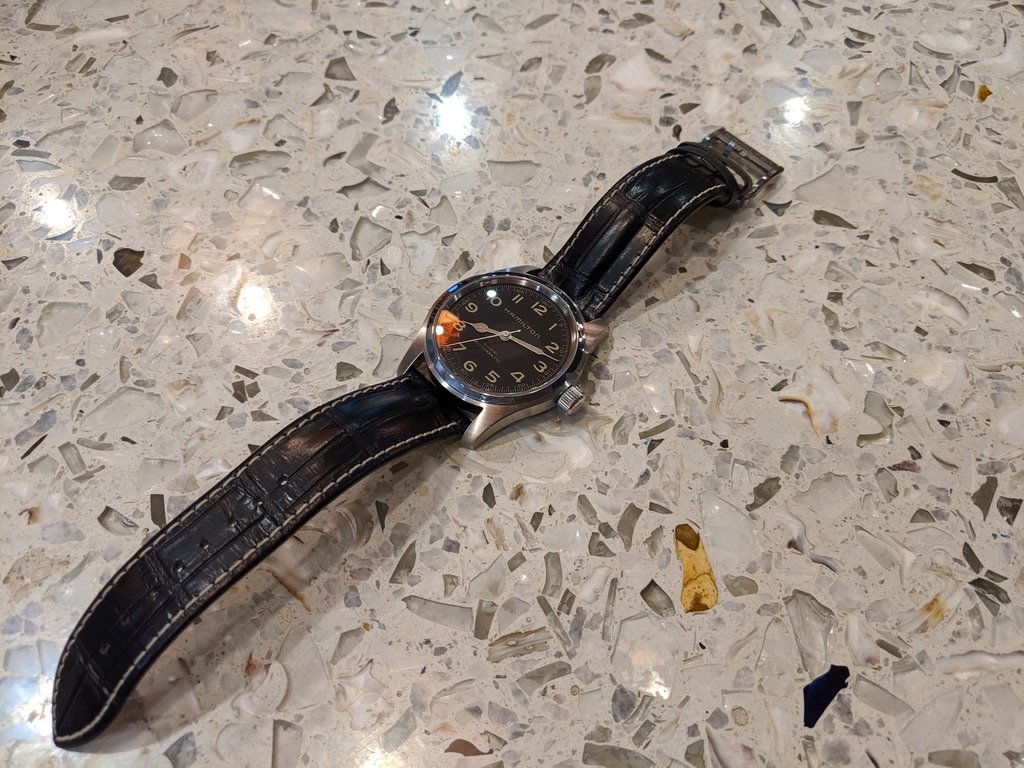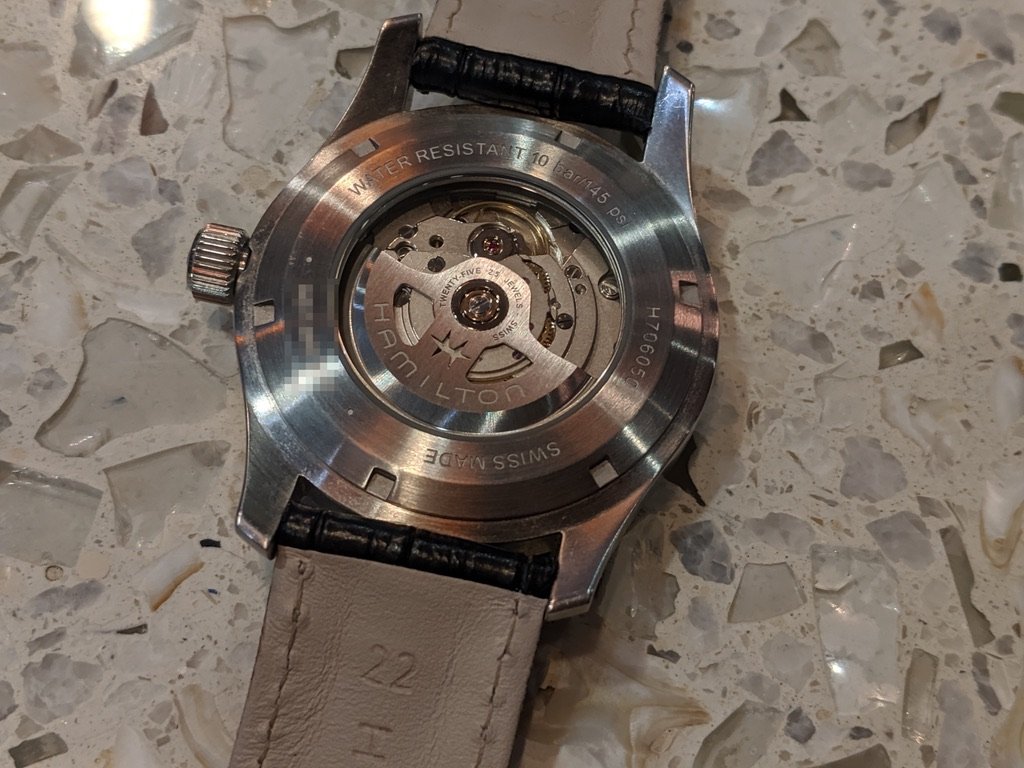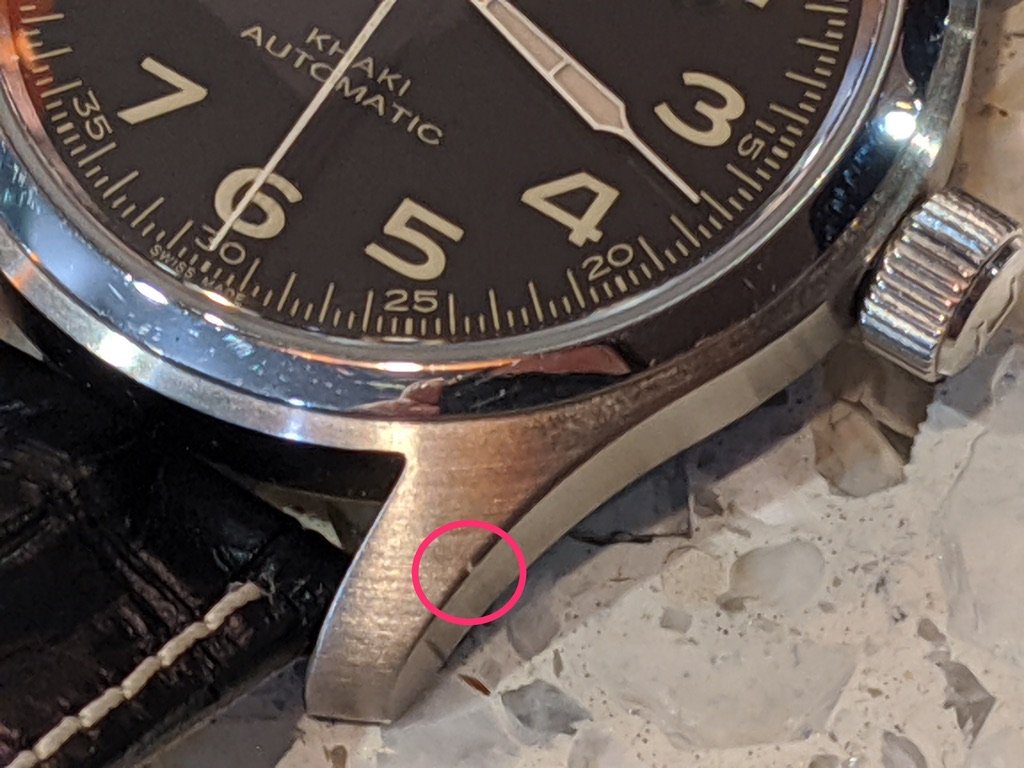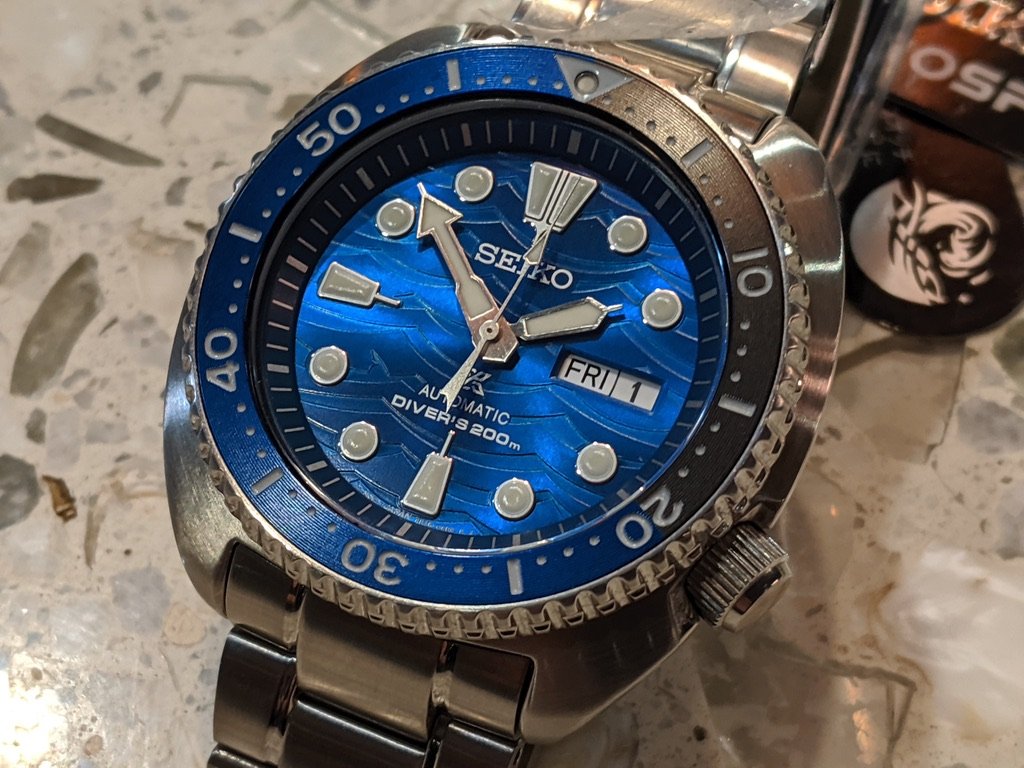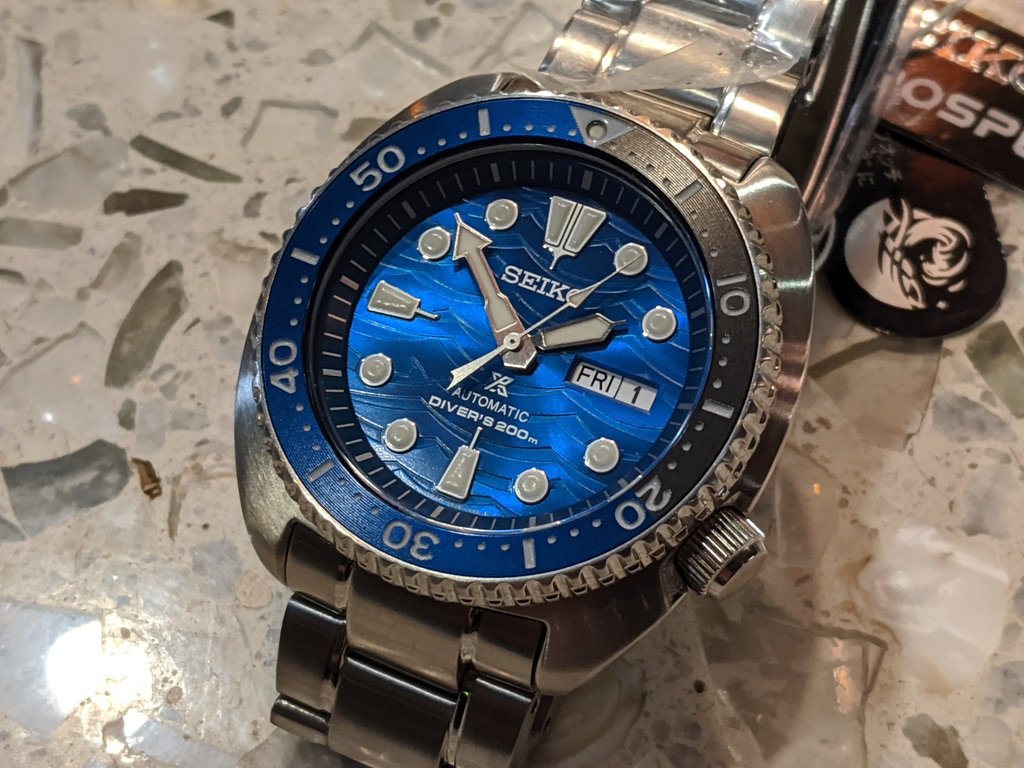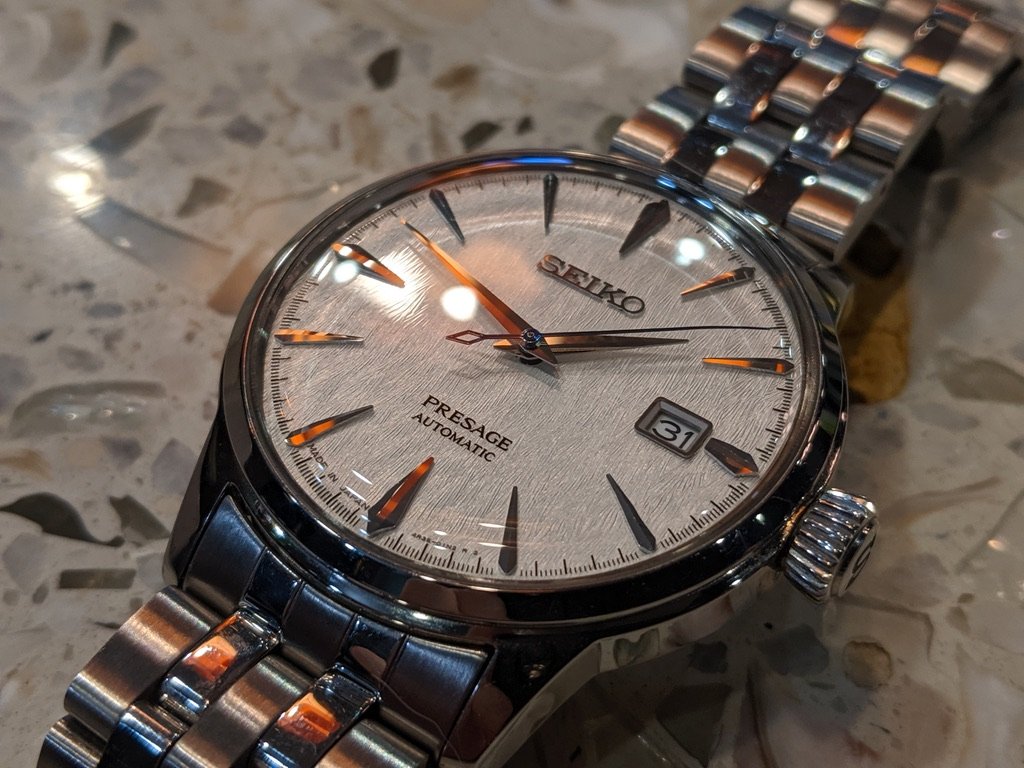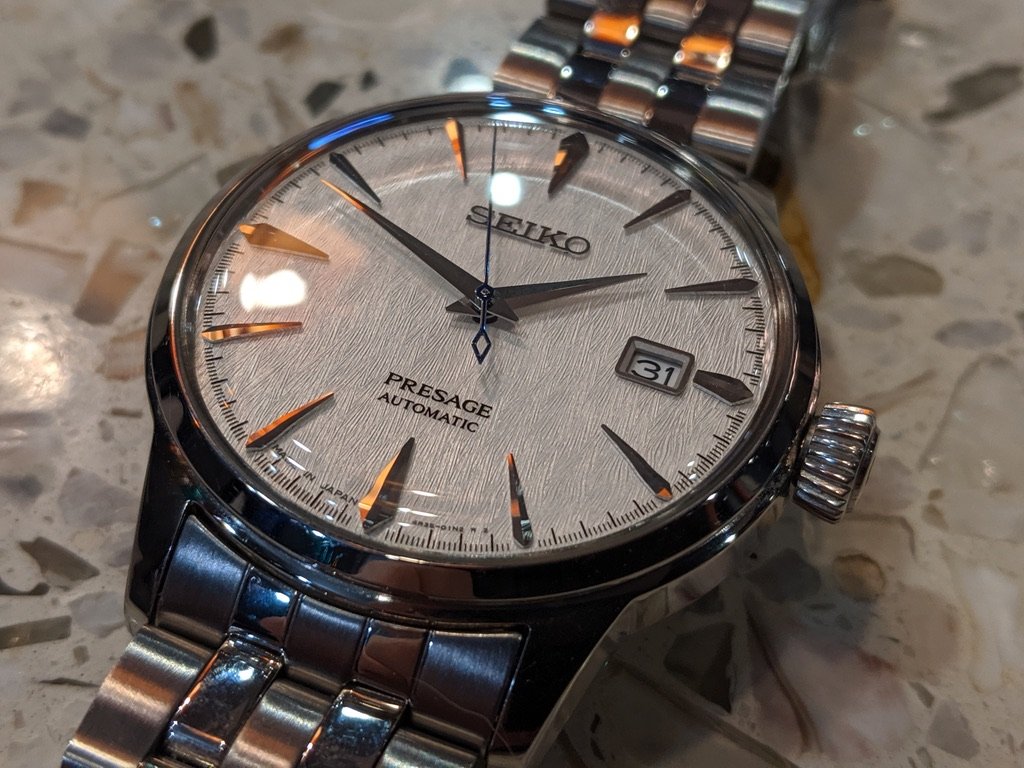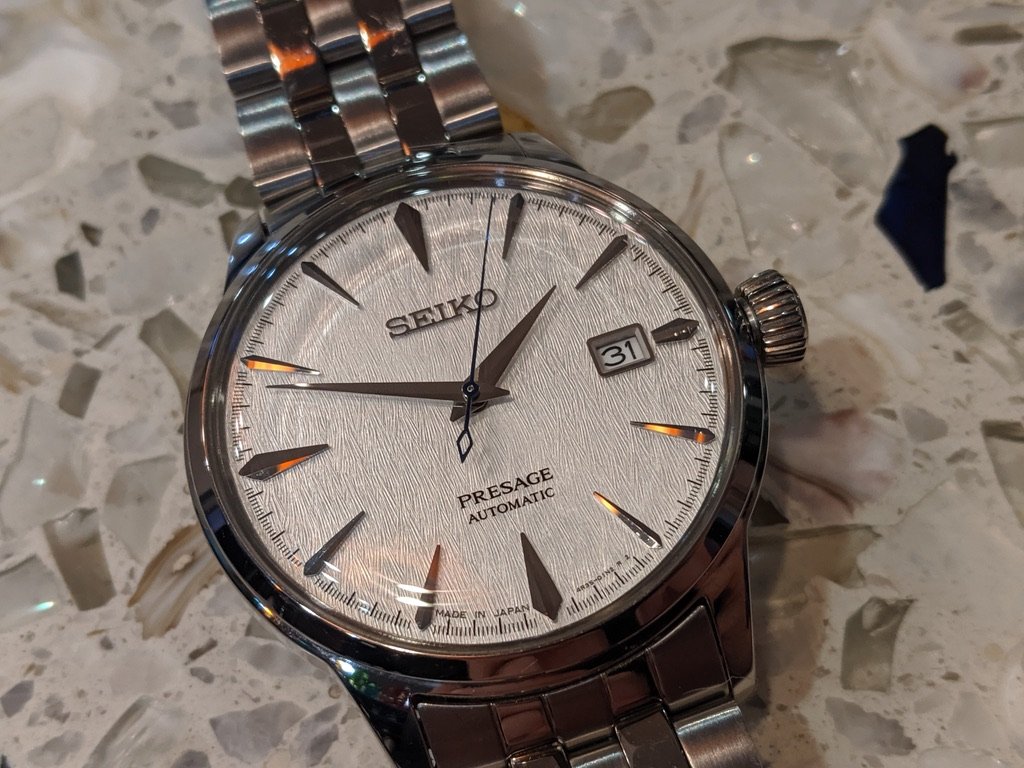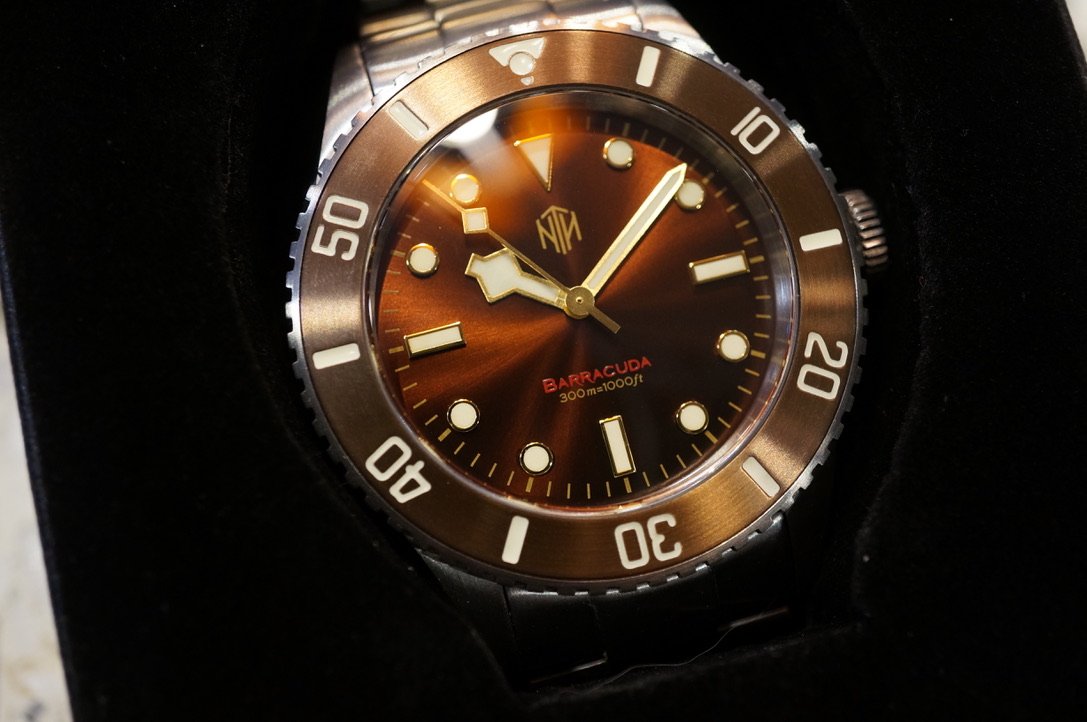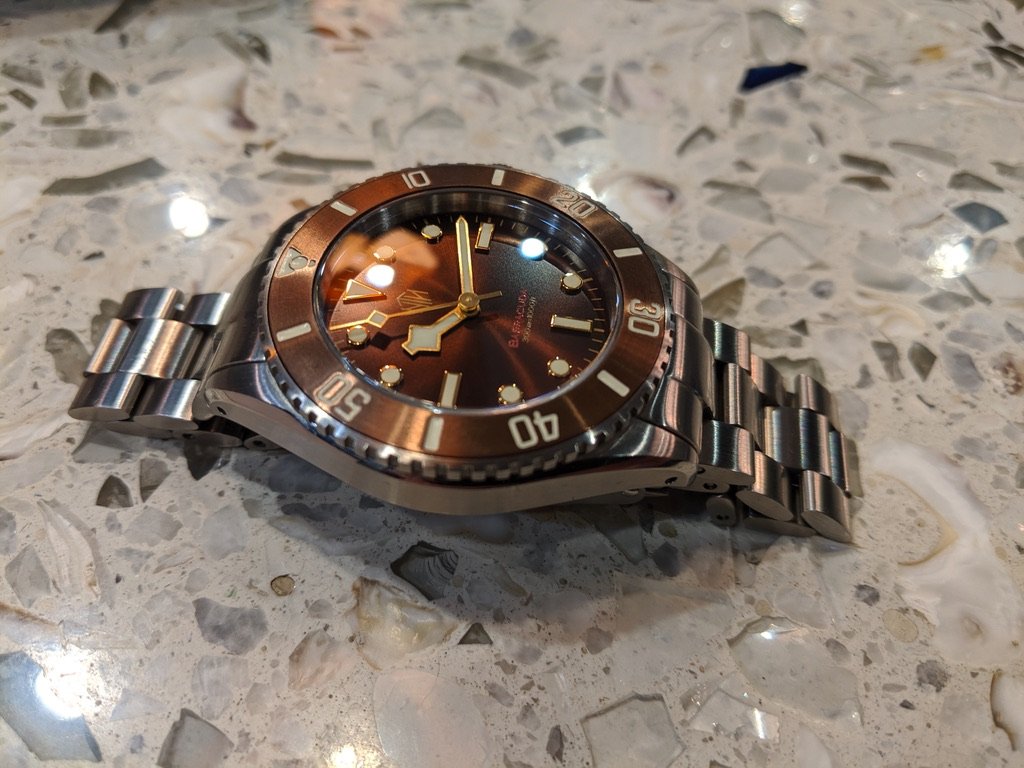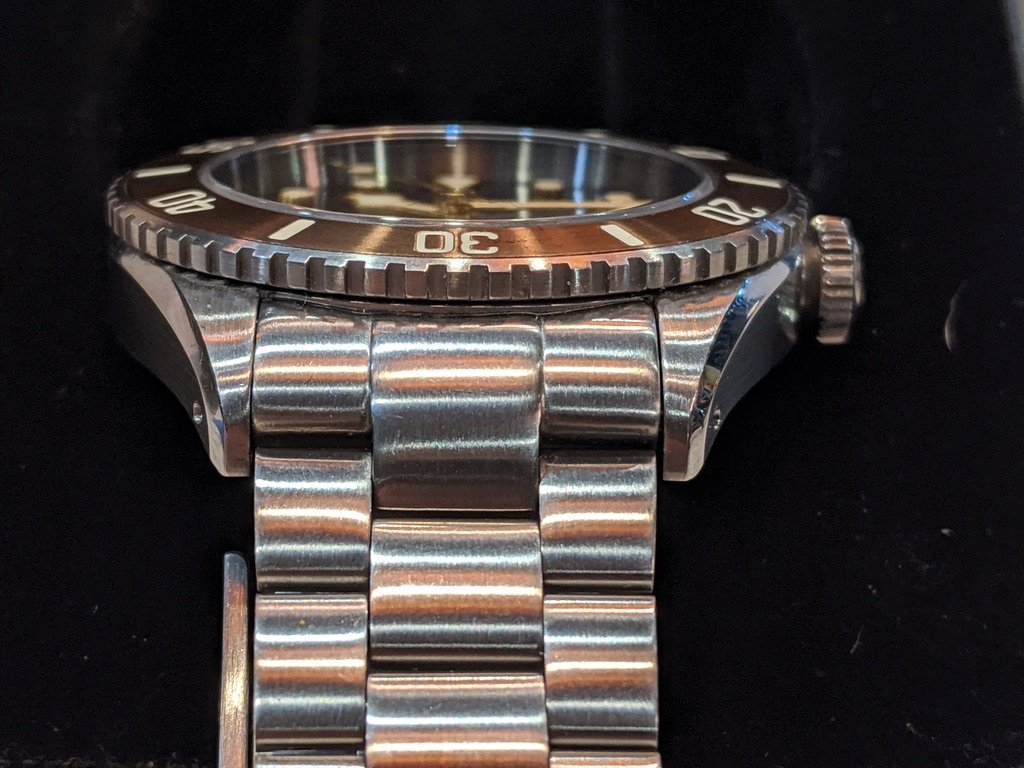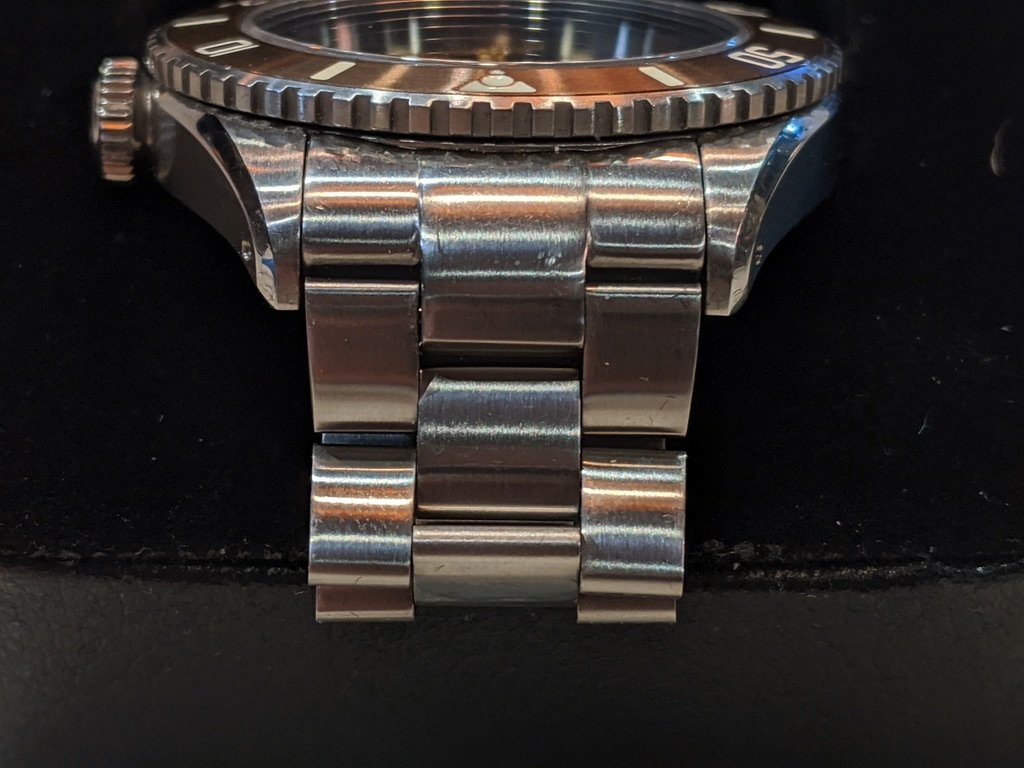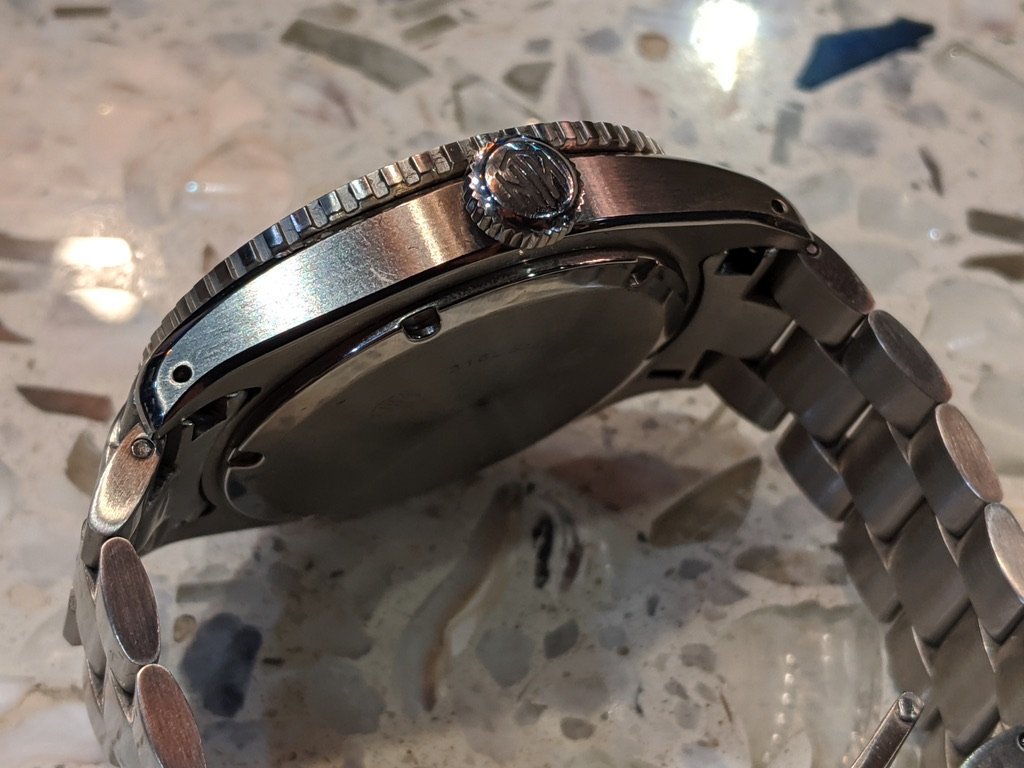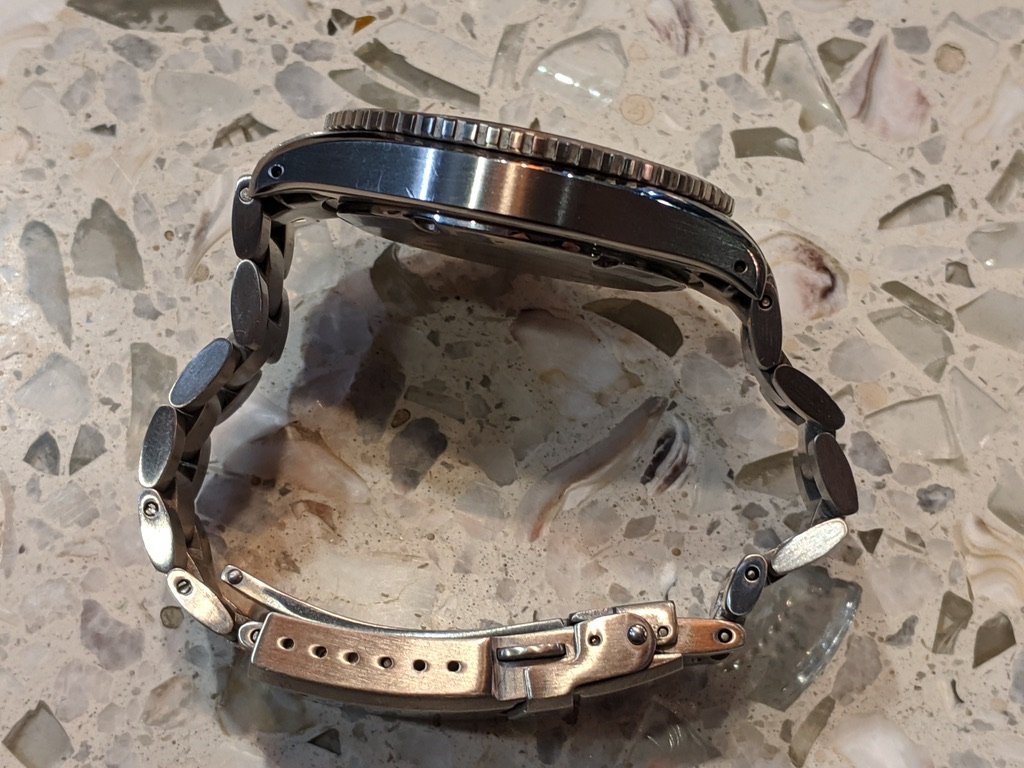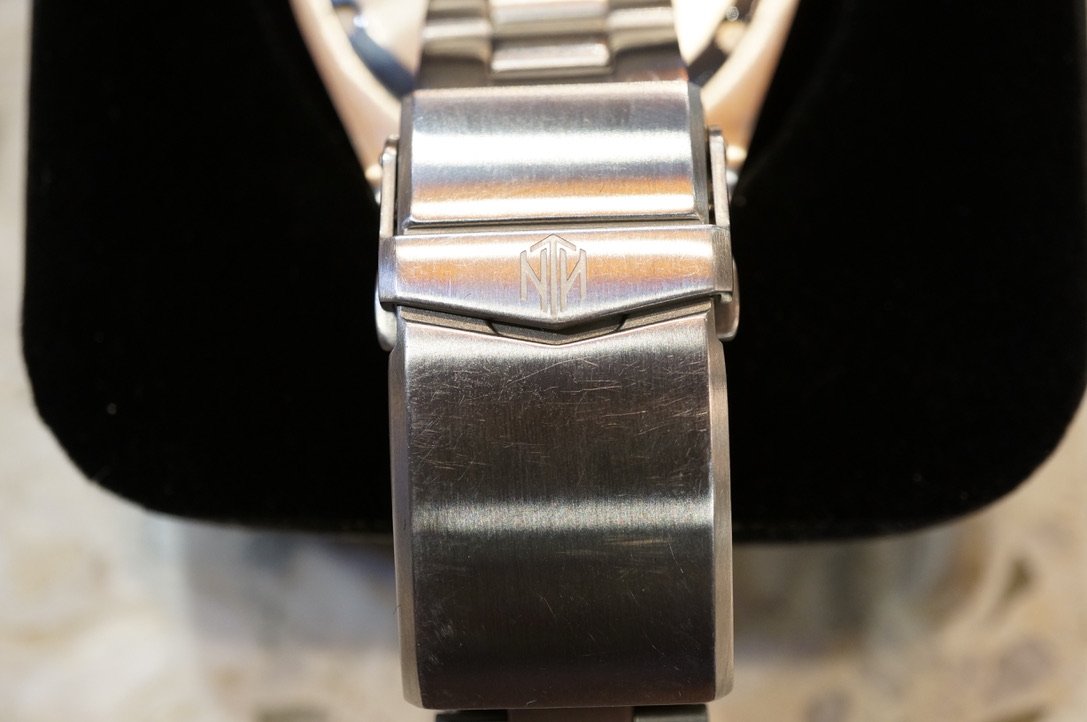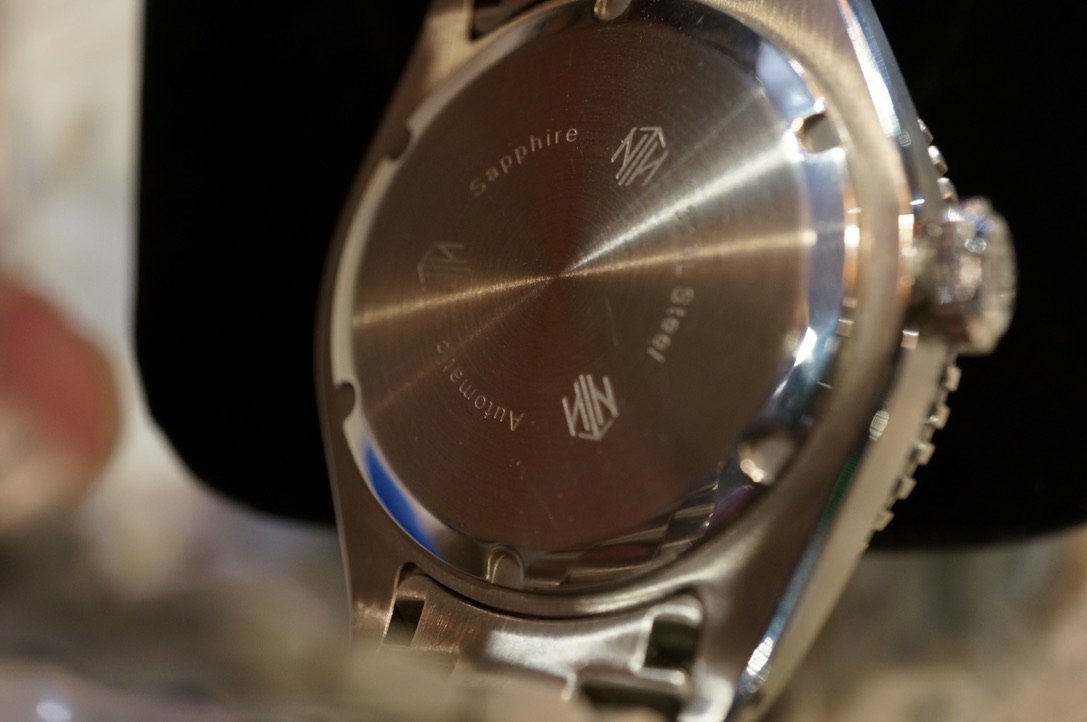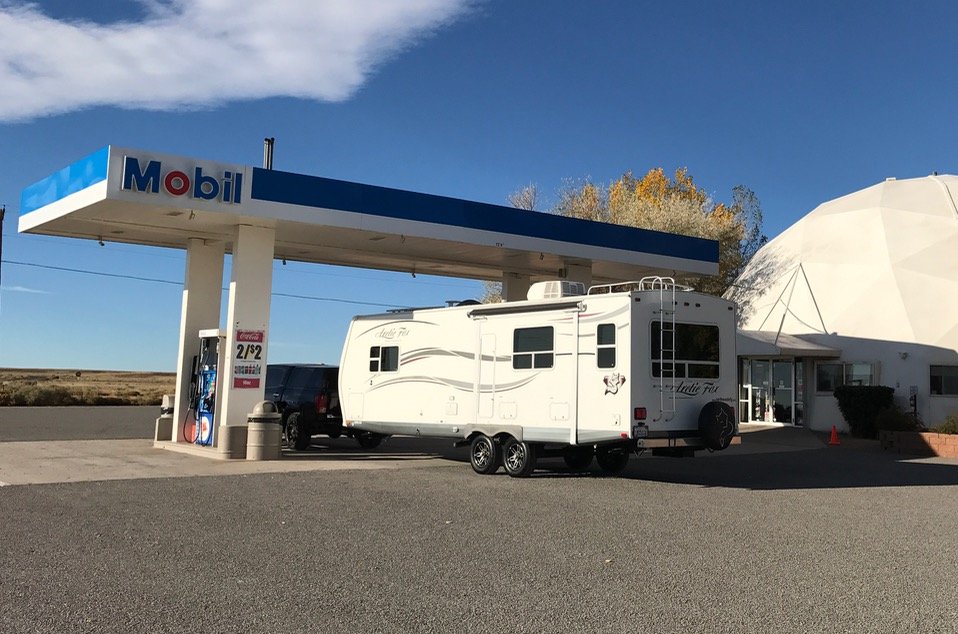I recently picked up a hilariously boring hobby: collecting watches. It’s time for me to thin the herd a bit – I’m still learning plenty about the differences between a watch I appreciate and a watch I use. So these are up for sale on eBay (since I haven’t been doing this long enough to have a reputation on the marketplaces without fees):
Category: Uncategorized
Saving Money: Top RV Gadget Purchases I DIDN’T Make
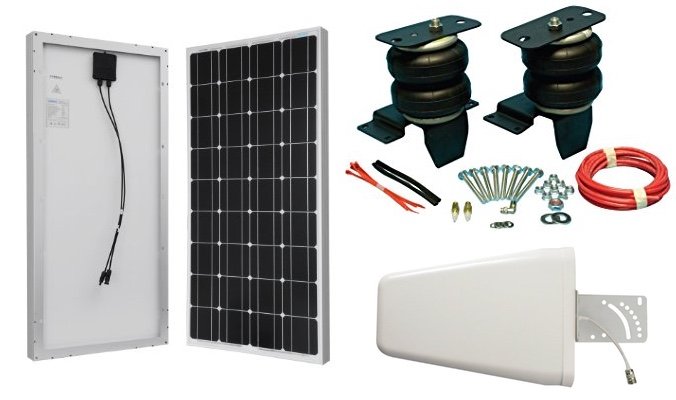
In the 16 months or so I spent researching and preparing for life in an RV, I came across countless blog posts and videos about gadgets and upgrades that make RVing easier. Some people get into full time RV life as a way to save on their daily cost of living. While that isn’t my primary goal, I do see this as an opportunity to better balance my income and my various financial priorities (saving for retirement, investing in my business, minimizing or eliminating debt, healthcare, and an adequate emergency fund). That means it can’t all go to a backlog of thousands of dollars worth of “nice-to-have” RV technology!
Acquiring a truck and trailer I could both work and live in, plus the “must-have” equipment and other expenses related to moving, was expensive enough. And I didn’t want to spend forever waiting to have the perfect rig before I hit the road! So I borrowed a concept from the tech product management world called Minimum Viable Product, and focused on the absolute necessities to get me on the road. As time goes on, I’ll get an idea of which upgrades will be the most useful, instead of overdoing it from the beginning.
So here are some of the commonly discussed gadgets and upgrades, and the cheaper alternatives that are working for me and my budget:
Electric Power System Upgrades
What I’m not buying yet:
- Expanded solar panel array (I currently have a dinky 60W panel, which is nowhere near enough for all my needs)
Cost: I’m estimating $3,000 - Fancy RV batteries with better capacity
Cost: A few hundred for some new deep cycle RV/marine batteries; thousands for big lithium ion batteries - Inverter to give me AC power capabilities from my DC batteries (necessary to run TV, microwave, air conditioner/ducted fan, toaster, blender, computer power bricks until I have a laptop with USB-C power)
Cost: Several hundred including qualified labor (I know just enough to be dangerous) - Gas and/or propane-powered generator with inverter
Cost: $500-700 used, $1,000 new
What I’m doing instead:
In short, I’m camping at locations with at least a 30 or 50-amp power hookup for RVs. This has not been difficult at all so far – plenty of state and county parks have RV sites with power on hand, if not full hookups. If I’m traveling for more than one day at a time, I have enough capacity with my current batteries (which also charge off my truck’s alternator and the solar panels) to cover my needs in transit – I just don’t have enough to stay in place and do work on a laptop. I think a generator may be in my near future, as it can enable me to do free off-grid camping, which can quickly pay for itself.
One cool upside to living in an RV is that most of my tech gizmos that use a DC power source – normally requiring a cumbersome power brick to convert from an AC wall outlet – can charge off my batteries since I have DC outlets inside the rig. I’ve bought 2 Anker PowerDrive 2 USB chargers, which can supply a large amount of current to devices which support quick charging. I keep one in the trailer and one in the truck. I also have an Anker PowerCore 26800, which is a giant external USB battery charge- close to the largest battery size the FAA will allow on an airplane. Charging that thing once is enough to charge my phone and any other USB-charged gadgets for about half a week (and also protecting those other devices from possible issues by connecting to RV power without an inverter other surge/under-voltage protection. I’m excited that newer computers can do this via USB-C, because eventually I’ll have an extremely battery/solar-friendly tech setup.
Tow vehicle upgrades
What I’m not buying yet:
- Beefed up rear end suspension: added leaf springs, helper air springs, and rear sway bar. Improves handling while towing and eliminates sagging so the trailer and truck can ride level.
Cost: ~$1,300 including labor - 5 or 6 small, strong wheels. My used truck came with 20″ aftermarket wheels that look great, but I only had 2 or 3 rather expensive choices for tires with enough load rating for my trailer. The wallet hit for replacement tires is one thing, but it’s extra concerning that I could have trouble even finding ones that fit if I’m far from a large city. And I would like to start doing more off-grid camping, and at that point the “if you have one, you have none” rule applies with spares.
Cost: $1,000-1,700 (including tires, not including any trade-in value)
What I’m doing instead:
Trusting what I’ve got. My trailer is well within my truck’s tow rating (and my tires’ load rating), and I’m still learning the best way to dial in my truck’s weight distribution hitch, which does a lot to level the rig out. It’s not perfect yet, but these upgrades are in the “nice-to-have” territory.
Cellular Connectivity Upgrades
What I’m not buying yet:
- Another line on a second carrier to increase the areas I can get a strong signal.
Cost: $70-115/month. - Dedicated wi-fi hotspot device(s). Serves an always-on data connection to several devices without messing with my phone’s tethering/hotspot mode, and can be connected to an external antenna for improved signal.
Cost: 2 x $150-200 (I’d have one network’s SIM card in a hotspot while using the other network’s SIM card in my phone.) - Cell signal booster. This device uses the maximum power allowed by the FCC to a roof antenna and can turn weak, almost unusable signals into a usable one. Unlike a hotspot, this device provides improved cellular signals to all compatible cell devices inside a small range.
Cost: $479 for a weBoost Drive 4G-X. - 2 roof-mounted omnidirectional cell antennae,
1 roof mast-mounted directional cell antenna: tools for improved hotspot/booster signal in various situations.
Cost: $20-50 per antenna.
What I’m doing instead:
I’m clinging to the old Verizon Unlimited LTE plan I’ve had since 2010, and using the hotspot/tethering modes on my phone. I’m also being more conservative about my campsite selections until I’ve built up my tools for signal strength and redundancy. Some tools that are helping me do this:
- Campendium campsite reviews often include camper-reported data on cellular signal strength.
- The Coverage? iOS app aggregates all 4 major US networks’ coverage maps for quick checks on areas they claim to cover.
- The RV Mobile Internet Resource Center is run by full-time RVers and has free guides that should be enough for basic needs, as well as a paid membership option with detailed information and community forums for people like me who depend on mobile internet for their livelihood.
But I’ll never skimp on safety & maintenance.
When I’m towing, I’m carrying 6 to 8 tons of equipment at highway speeds on 8 wheels. An equipment failure or emergency could prove fatal to anyone on the road. I don’t use this approach for anything critical to the safety or integrity of my rig. This includes other basics like keeping my wheels and tires maintained and out of the sun, and various sealants to keep my trailer from getting leaks.
Screen door season is here… 🐶💦
Video tour of my Arctic Fox 25Y
So I’m finally on the road! Have been living in Miles for 3 weeks, and on the road for one. I’m still working full time, so I haven’t figured out where blogging fits in my usual routine. I did find time over a couple of weekends to slap a video tour together, though!
https://www.youtube.com/watch?v=Zspdwk_FCZk&
This was my first time producing video in a long time, and I’m not sure whether I’ll prefer to do more video or text in the future. I don’t want to hear about my production quality or verbal fillers.
Since I started working towards full-time RVing in late 2015, I felt a little boxed in by my city life. Now I’m spending a few weeks with family in Fort Collins before I hit the road. This is my view every day. It doesn’t get old. 😊
AWNINGS! (Good gawd.) What are they good for?
First, the good news: I’m moving out of my apartment this week, and today I moved my first truckload of stuff into Miles! (I’m not moving into Miles full time yet, but am taking a pit stop with family for February because I didn’t want to start out during the coldest month of winter.)
But when I drove to the RV storage lot for the first time in about 40 days, I was greeted by an old nemesis at my door: the awning. Completely unfurled, and already torn and shredded in multiple places.
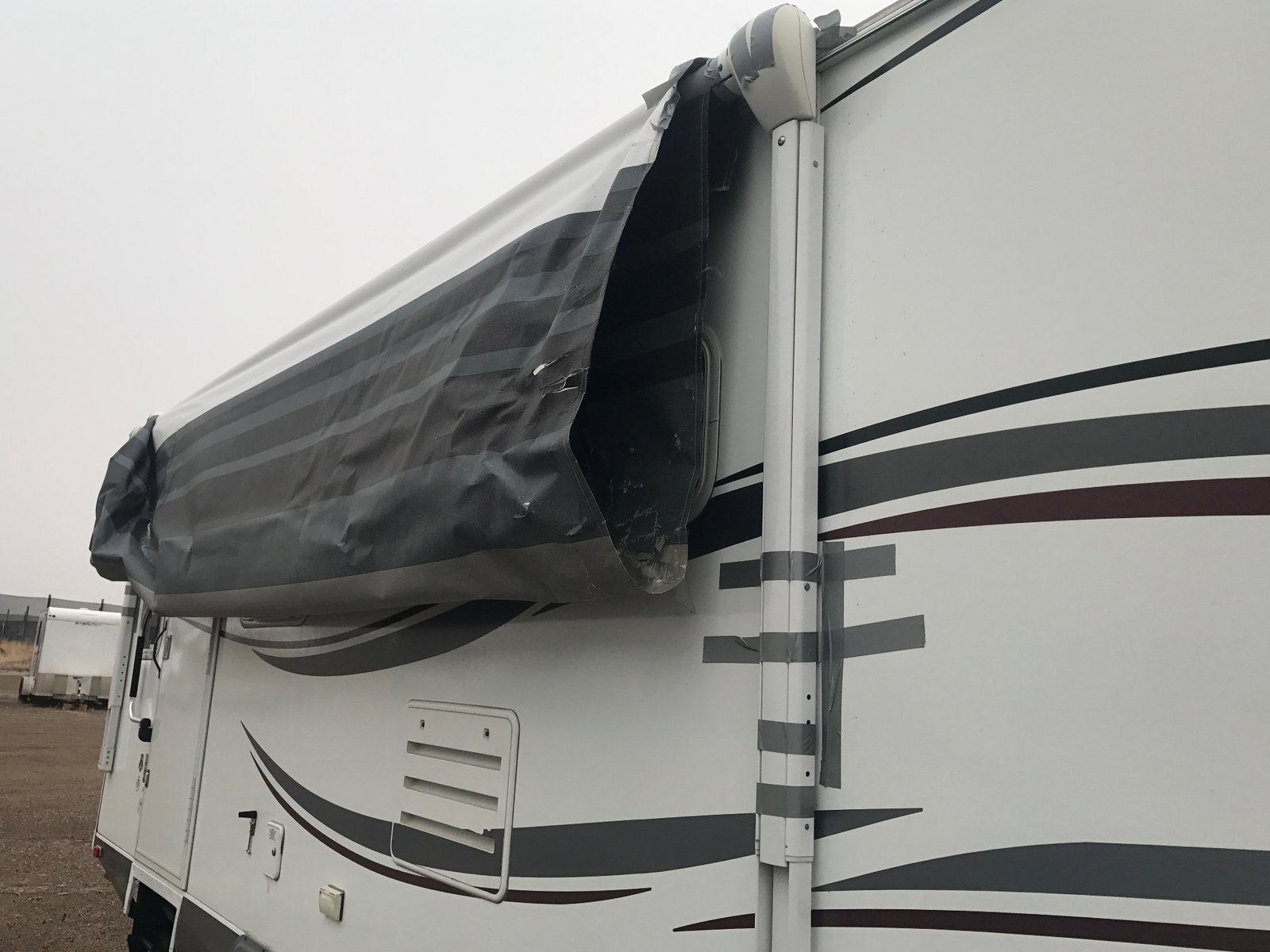
I’ve had nothing but trouble with my awning from the start. The very first time I saw Miles at the dealership, a technician was tweaking the motor to make it work. He seemed worried that it wouldn’t work while demonstrating it to me. I was overwhelmed by a lot of details while inspecting the whole trailer, and this didn’t register with me as a big deal at the time.
The very first time I actually used the awning was in Albuquerque during my trip back home. Some mild wind kicked up and rocked the arms around, and suddenly the motor wouldn’t work at all. From what I’ve heard from other RV owners, this seems to happen all the time. (The worst irony? The manufacturer’s name is “Carefree!”) It was hard to get the awning retracted as just one person, and I have no idea how it’s supposed to lock into place without the motor working. I managed to duct tape a zillion different parts of the awning down – not knowing my way around my RV’s systems yet, I just tried to compensate with redundancy after redundancy. I knew the duct tape wouldn’t last forever, especially with exposure to UV rays and changing temperatures. But it got me home just fine.
It’s probably just an issue where something is out of alignment or needs to be tightened. I tried to take it in for repair, but then it became too cold to work on. I had been planning to just call a mobile repair technician once I was living in it. But, indeed, some of the duct tape has lost its stick in the extreme cold, and wind unfurled the awning again. Add snow to the mix, and nothing about it is safe. The material is already showing heavy shredding.
I haven’t made up my mind yet, but even if I can get everything back to working state, I’m not sure I want to keep the awning at all. Not that it doesn’t offer some benefits, but it sounds like RV awnings have frequent problems. I don’t want to deal with something that’s both hard to repair solo, and represents a big safety hazard going down the road.
Full-Time RVing and Carbon Footprints
Today I did some back-of-napkin math comparing carbon impact of RV life versus sticks-and-bricks life. I also found tons of really helpful details on Where-RV-Now?, which others will likely find more useful than what I’ve written here.
The Bad:
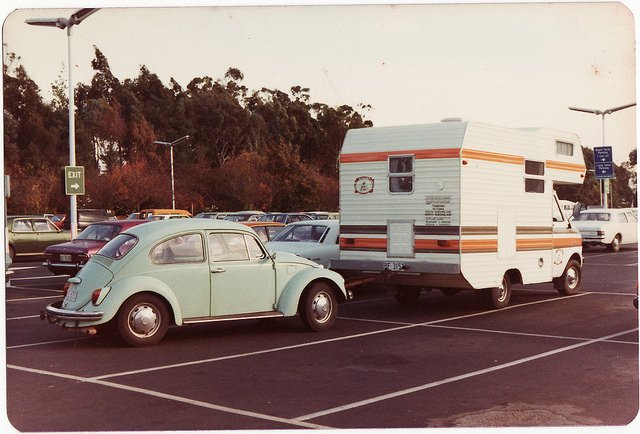
- I didn’t know trucks have worse CO₂ emissions per passenger-mile than jet airliners.*
- Add the trailer and it’s about twice as bad.
- Replacement tires add a lot more to the carbon footprint than they would for an urban commuter.
- A Class C motorhome (the kind with a van cab and a bed over the cab) towing a small car might have been smarter in hindsight.
The Good:
- No commuting!
- RVers tend to use less day-to-day energy than traditional households.
The Great:
- Any energy I avoid getting from the grid, be it from propane, a cheap generator, or an expensive solar rig, emits far less CO₂ than Colorado’s majority-coal grid.
- Most of my appliances can run off of propane. (The propane heater also needs some electricity for the blower fan.) The only obvious consumption monster is the air conditioner.
- I currently can charge all my gadgets except my laptop off of solar, and the next laptop will be able to charge off solar via USB-C.
Let’s Go!
This is the first post!
I’ve got a lot to say, but right now I’m not ready to talk about everything from the start. Soon I’ll write more with background details about how I decided to get into full-time RVing, how I settled on the trailer and tow vehicle I ended up buying, and what my plans are from here. For now, a brief rundown:
Me
I’m Zeke Weeks:
- Single 28-year-old guy from Colorado.
- Born in Boulder
- Lived in Tempe, Arizona during High School
- Went to college at Colorado State University
- Business major, Computer Information Systems concentration, Spanish minor
- When I was a kid, I made websites as a hobby.
- As a teen, I got into blogging and have been writing about all kinds of things on ZekeWeeks.com ever since.
- I now own a web consulting company. I do most of my work from home or wherever I’ve got an internet connection.
- I’ve been living in Denver since 2012.
Athena 
Athena’s a little rescue mutt who was born in February 2015.
She looks like a lab, but her DNA test says otherwise. Athena stopped growing at a medium-smallish size, is SUPER extroverted and friendly, and is a good wrestler.
The tow vehicle: “Barry”
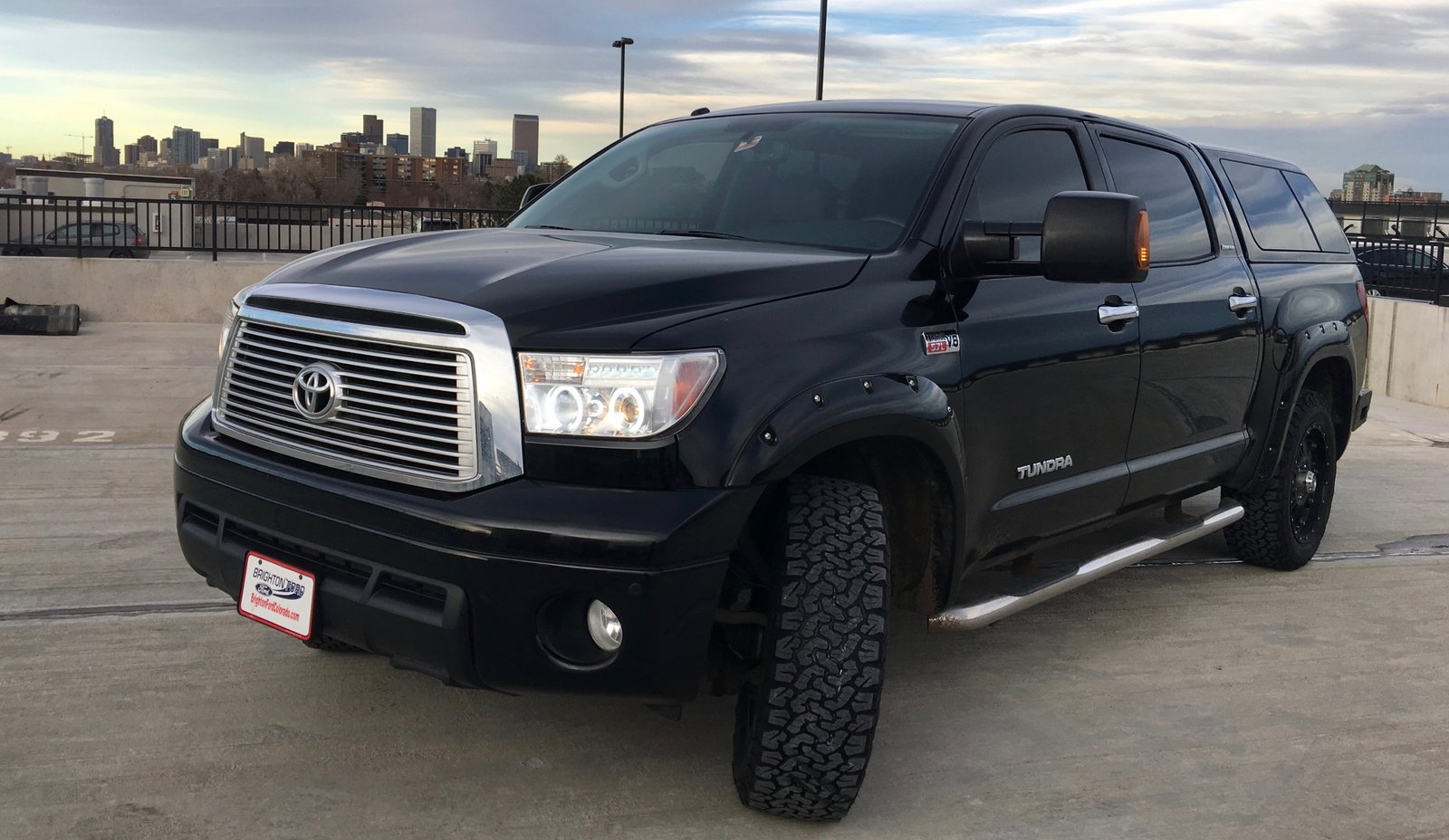
Barry is a 2012 Toyota Tundra CrewMax 4×4 Limited:
- 5.7-liter V8 – 381HP, 401ft.-lb. torque (at sea level, at least…)
- Rated to tow just shy of 10,000 lbs.
- Gets about 15 miles per gallon in the city, 19 MPG on the highway, and 8.8MPG when towing my trailer.
- BFGoodrich All-Terrain KO2 tires
- Extendable towing mirrors
- Aftermarket wheel flares & HID+Fluorescent Halo+LED running and tail lights
- ARE camper shell
- Ranch Hand Sport rear bumper
- Tinted glass everywhere but the windshield
- Everything but the tires was installed by the previous owner. This baby had everything I was planning to install after purchase ready to go! I bought Barry with 63,000 miles and in great shape.
- Barry feels ridiculous driving through Denver’s cramped old neighborhood streets – the towing mirrors feel like huge ears sticking out the sides. This is how he got named after another Barry with big ears.
The Trailer: “Miles”
Miles is a 2013 Arctic Fox 25Y from Northwood RV Manufacturing.
- 30 feet long from bumper to hitch
- About 6,800 lbs. without anything inside or in the tanks
- 10,000 lb. Gross Vehicle Weight Rating
- Named after Miles, mascot for the Denver Broncos.
 (photo credit: Jeffrey Beall on Flickr)
(photo credit: Jeffrey Beall on Flickr)
I’ll rave all about why I went to this trailer another time. I bought it used in California, camped there for my first week with it, and towed it back to Colorado.
Hagrid the Half Giant Has a Posse

A good philosophy to live by.

Source unknown.
